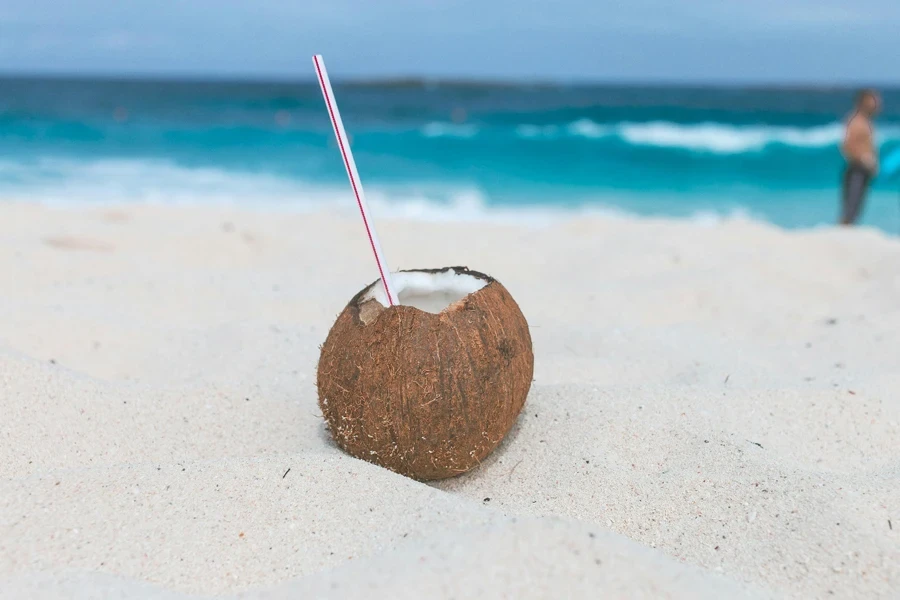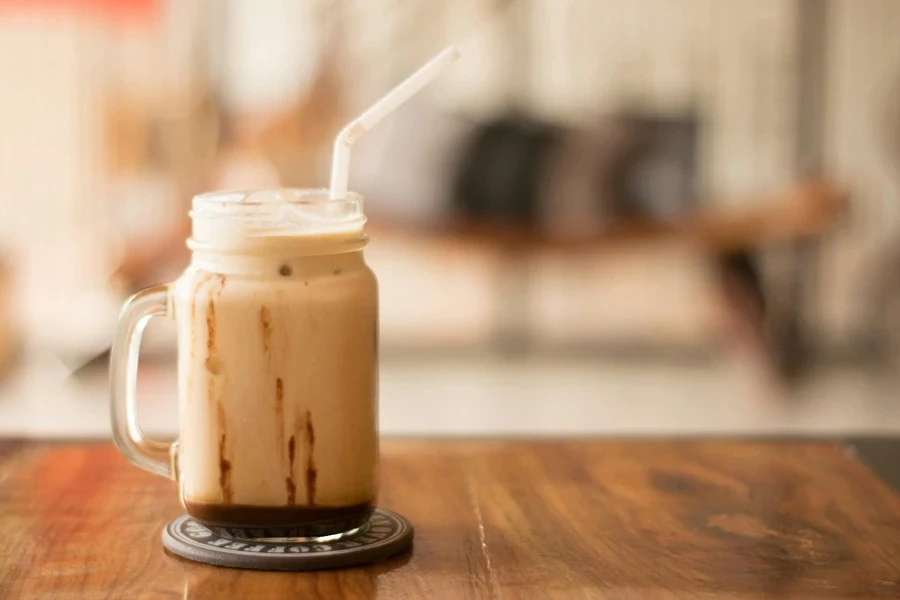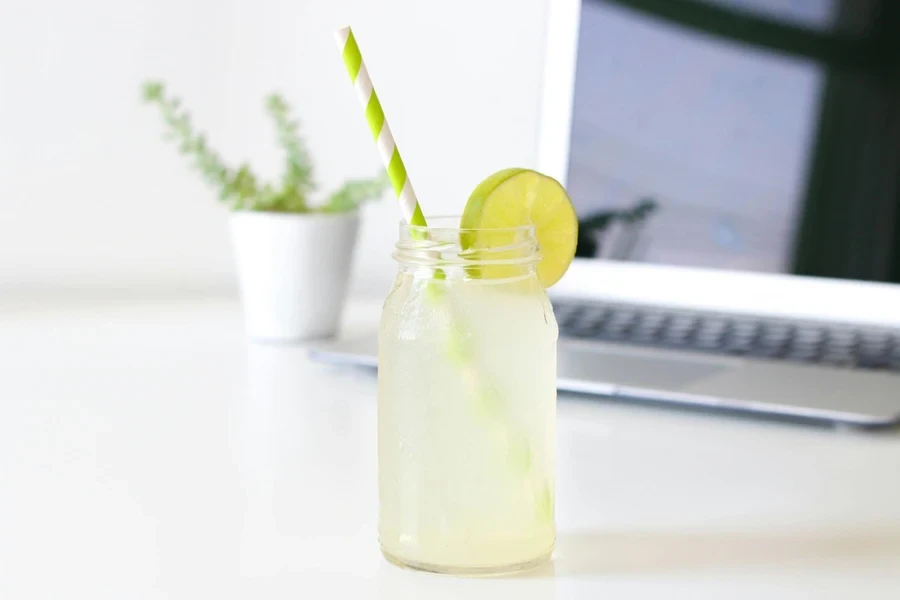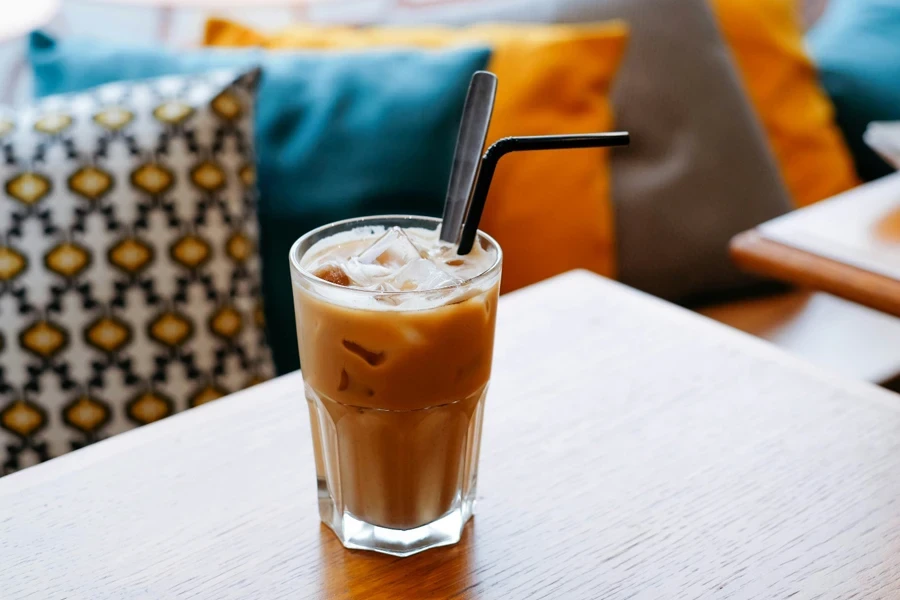The drinking straw industry has undergone a significant transformation, fueled by growing environmental concerns and stricter regulations against single-use plastics. Businesses across industries are embracing innovative, sustainable alternatives to align with consumer demands and comply with evolving standards. Understanding market trends, from eco-friendly materials to emerging product innovations, is essential for professional buyers seeking to make informed procurement decisions. This article delves into the latest market insights, explores various straw types, and offers practical guidance on selecting the right products for specific needs. By staying ahead of these trends, businesses can enhance their environmental stewardship and meet consumer expectations effectively.
Table of Contents
● Understanding the market landscape for drinking straws
● Exploring types of drinking straws: Features and uses
● Key considerations for choosing the perfect straw
● Conclusion
Understanding the market landscape for drinking straws

Global market trends
The drinking straw market is poised for robust growth, with a valuation of $19.2 billion in 2023 and a projected increase to $32.2 billion by 2033, growing at a CAGR of 5.3% according to Future Market Insights. This growth is driven by stringent regulations against single-use plastics and an increasing focus on sustainability. Europe leads the market, holding a 23.5% share in 2022, fueled by strong policies and consumer demand for biodegradable options. Emerging markets in the Asia-Pacific region, such as China and Japan, are witnessing rapid growth due to urbanization and the expansion of online food delivery services.
Drivers of growth
The rise of environmental regulations, including plastic straw bans in many countries, has accelerated the demand for eco-friendly alternatives such as paper, PLA, and bamboo straws. Additionally, the food and beverage industry remains a dominant end-user, leveraging disposable and reusable straws to ensure hygiene and cater to consumer preferences for sustainability. According to Future Market Insights, fast-food chains and beverage outlets are significant contributors to this upward trend, driving innovation in material types and designs.
Innovations shaping the market
The market is also being reshaped by biodegradable and edible straw materials, such as rice, seaweed, and starch-based plastics. Advances in smart packaging solutions, including reusable straws with enhanced durability, are gaining traction. Collaborative efforts among manufacturers are fostering the development of sustainable production lines to meet evolving demands, ensuring the long-term viability of eco-friendly options while addressing cost and scalability challenges.
Exploring types of drinking straws: Features and uses
Eco-friendly disposable straws

Paper straws
Paper straws are typically made from multiple layers of high-grade, food-safe paper bonded with water-based adhesives. Standard paper straws measure 6 mm in diameter and 200 mm in length, but larger options are available for smoothies and thicker beverages. They are compostable and degrade naturally within weeks, provided they are disposed of in industrial or home composting systems. However, their durability in liquids is limited to approximately 30 minutes, making them suitable for cold and quick-service drinks.
PLA and PHA straws
PLA (polylactic acid) and PHA (polyhydroxyalkanoate) are thermoplastics derived from renewable resources such as cornstarch or sugarcane. PLA straws maintain a high tensile strength, mimicking the properties of traditional plastic straws, while PHA offers superior biodegradability, even in marine environments. These bioplastics break down into water, carbon dioxide, and biomass under industrial composting conditions. Typically, PLA straws decompose within 3-6 months in temperatures above 50°C and controlled humidity.
Reusable straws
Bamboo straws
Bamboo straws are produced by cutting and shaping natural bamboo, which is treated to remove microbes and moisture. With wall thicknesses ranging from 1 mm to 3 mm, these straws are robust enough for hot and cold beverages. They require manual cleaning with brushes to prevent bacterial growth. When discarded, bamboo straws decompose fully within 4-6 months in a composting environment.
Stainless steel straws
Stainless steel straws are crafted from food-grade 304 or 316 stainless steel, known for corrosion resistance and durability. They typically have wall thicknesses of 0.5 mm to 0.8 mm and are available in straight or bent designs, with lengths ranging from 200 mm to 250 mm. While resistant to wear, their high thermal conductivity renders them unsuitable for hot beverages, as they can become uncomfortably hot to touch.
Glass straws
Made from borosilicate glass, these straws offer high resistance to thermal shock, making them suitable for both hot and cold drinks. Glass straws generally have a thickness of 2-3 mm to minimize the risk of breakage while maintaining clarity. Many designs feature smooth, rounded edges for safety and aesthetic appeal, and they are dishwasher-safe for convenience. However, they remain fragile and are not ideal for heavy-use environments.
Silicone straws
Silicone straws are manufactured from food-grade, BPA-free silicone, which is heat-resistant up to 200°C. These straws are flexible and soft, reducing the risk of injury, particularly for children or people with oral sensitivities. Despite their durability and resistance to cracking, their non-biodegradable nature and difficulty in recycling present significant environmental concerns.
Emerging materials
Rice straws
Rice straws are crafted by compressing rice flour and tapioca starch. These straws are entirely biodegradable and edible, lasting up to 4-6 hours in beverages. They are most effective for cold drinks and are typically produced in lengths ranging from 180 mm to 220 mm.
Seaweed straws
Seaweed-based straws use processed agar or carrageenan to create flexible yet durable products. These straws decompose in natural environments within a few months, including marine settings. They have a lifespan of 24 hours when submerged in liquids, making them a versatile and eco-friendly single-use option.
Pasta straws
Pasta straws are made from durum wheat and water, with no chemical additives. Measuring approximately 10 mm in diameter, they are ideal for thick beverages. While they begin to soften after about 30 minutes in liquid, they are entirely biodegradable and suitable for composting or animal feed post-use.
Key considerations for choosing the perfect straw

Material durability and sustainability
Choosing the right material is critical to aligning with sustainability goals. Bamboo straws decompose naturally within a few months and are suitable for both hot and cold beverages, making them an excellent choice for eco-conscious users. Stainless steel, while durable and endlessly recyclable, poses challenges for hot drinks due to its heat conduction properties. Silicone straws, despite their flexibility, lack biodegradability and can only be disposed of in landfills, highlighting a potential drawback for sustainability-focused buyers. Materials like PLA or PHA, which break down in controlled composting conditions, can provide an environmentally friendly alternative but require access to industrial composting facilities.
Specific use cases
Different beverages require specific straw designs to ensure practicality and user satisfaction. For thick drinks such as milkshakes or smoothies, wide-diameter straws like jumbo paper or silicone options are ideal to prevent clogging. Extra-long stainless steel or bamboo straws cater to tall glasses, providing a convenient drinking experience. For events involving cocktails, shorter glass or paper straws can complement the aesthetic while maintaining functionality. Selecting straws that align with the beverage type ensures both usability and cost efficiency.
Certifications and safety

Certifications such as FSC (Forest Stewardship Council) for paper straws indicate responsible sourcing of raw materials, promoting sustainable forestry practices. Ensuring food-grade quality is equally important; look for certifications indicating the use of non-toxic, food-safe inks and adhesives, especially in disposable paper or PLA straws. This not only ensures consumer safety but also enhances brand credibility for businesses. Some reusable options, like stainless steel and bamboo straws, also benefit from being BPA-free, a crucial factor in health-conscious markets.
Supplier reliability
Working with consistent and eco-conscious suppliers is essential for maintaining product quality and availability. Manufacturers offering local sourcing help reduce transportation costs and environmental footprints. Reliable suppliers also provide detailed specifications, ensuring consistency in length, diameter, and material quality. Avoid suppliers that use vague terms like “sizes and colors may vary,” as this often indicates low-quality or inconsistent production standards.
Budget and practicality
Balancing cost and quality is a key factor for businesses, especially those purchasing in bulk. Paper and PLA straws, while affordable, may have varying durability depending on the manufacturer. Reusable straws like stainless steel and bamboo require a higher upfront investment but offer long-term cost efficiency due to their reusability. Testing product samples for durability and compatibility with beverages can help businesses make informed purchasing decisions while aligning with budget constraints.
Conclusion

Choosing the right drinking straw requires balancing environmental responsibility with practical considerations. Businesses can support sustainability by opting for eco-friendly materials and reusable options, ensuring certifications for safety and quality, and collaborating with reliable suppliers. Thoughtful selection not only reduces environmental impact but also enhances customer satisfaction and aligns with evolving market demands for sustainable products. By prioritizing quality and making informed decisions, organizations can contribute to a greener future while meeting their operational needs effectively.



